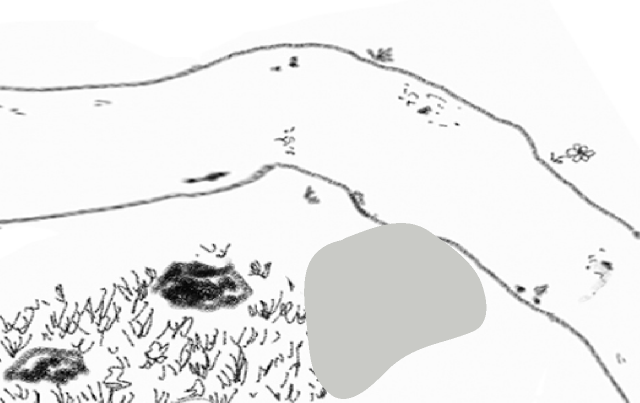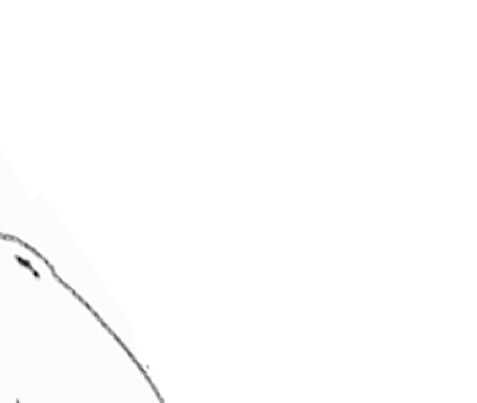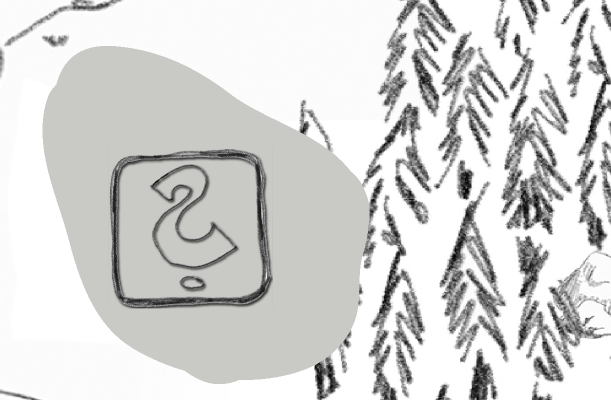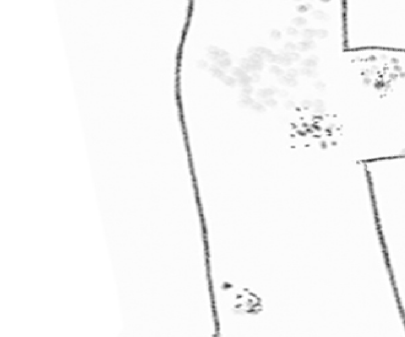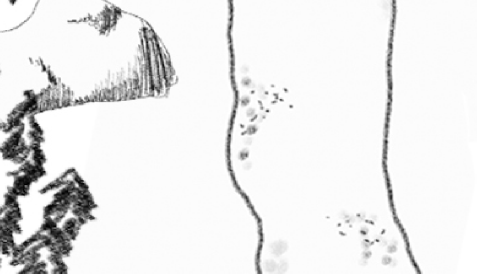Module - Basic education
How to Use Storytelling in Basic Education?

 |
Motivation and awareness A story is used to make gain the attention of people, to make them aware of issues that are told and to activate them to get to learn more about, to become active, or to feel committed to something. |
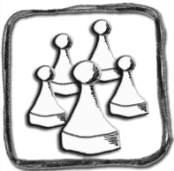 |
Belongingness Stories are told to sense a kind of togetherness, to feel you part of a shared event and share emotions that come with it. Making up and telling a story together can also serve this purpose. |
 |
Critical thinking Stories are told to make people aware of other ways to look at things and thus to enable them to think critically about issues in other ways than they would have from their own experiences only. |
 |
Processing knowledge Stories provide the listeners with content that may be more easily processed than written materials. In that way stories may help people process knowledge. |
 |
Language acquisition Stories can promote the acquisition of language skills through the content of the story, through reflective conversations about the stories, and through retelling or telling their own stories. Thus stories help to gain linguistic competences. |
 |
Creativity and expression Working with stories and storytelling promotes the creative competences and the expressiveness of the participants. Stories are in themselves an expression of the creativity of their tellers. At the same time, they stimulate the imagination and creativity of the listeners. |
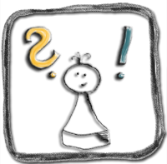 |
Identity and recognition Stories are told to make people part of a common heritage or tradition to make them feel rooted and recognized. They find themselves - telling and listening - in stories, are stimulated to reflect on their origins, can reflect and share traditions. |
 |
Multiple perspectives Stories are told to emphasize the fact that one and the same situation can be seen differently by different actors in the story, but also in real life situations. Different perspectives can be part of the story itself or the story serves as a starting point to elaborate, narrate and discuss different perspectives on a situation. |
 |
Communication skills Stories are told to help people to acquire listening skills interpretative skills, as well as active communicative skills such as speaking up, formulating, expressing yourself etc. This may be done in the story, through the story or by talking about the story. |
 |
Empowerment Stories can be told about people who have overcome their self-doubt and become successful in life. This can be an opportunity to identify with the protagonist of the story and discuss the opportunities for their own perspectives. In addition, reflecting on one's own experiences and telling one's own stories can help participants to become aware of their own achievements, e.g. in personal challenges, and thus strengthen their self-esteem and self-efficacy. |
|
If you want to know how a story can be used for one of these purposes and how it can be embedded in other classroom activities, you can find examples in the Learning Scenarios. ▾ If you want to get started with storytelling, you will find a lot of information, exercises and tips in the Storytelling module. ▾ |
 |
 |
 |
 |



